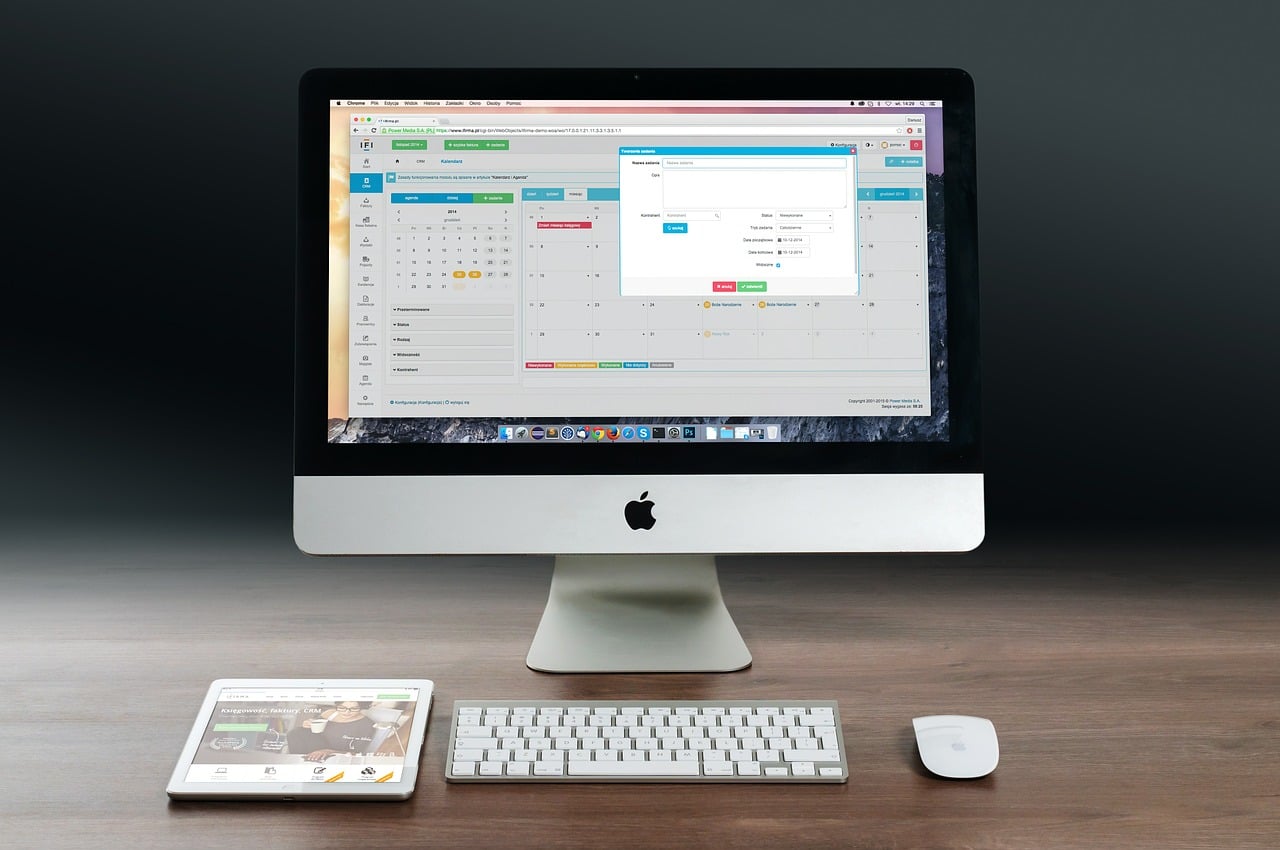Apple Inc. (NASDAQ:AAPL) reported its second quarter earnings yesterday, April 30, which were slightly above estimates. As trade tensions ease up, Apple still experienced a decline in Greater China revenue. Below are the comments from analysts on their view of the company’s growth over the coming quarters.
Nomura
A decline in emerging markets (especially Greater China, -22% y-y vs -27% last quarter). Service revenue (+16% y-y), iPad revenue (+22% y-y), and wearables (+close to 50% y-y) were three bright spots in product segments.
Q1 hedge fund letters, conference, scoops etc
2QFY19 iPhone revenue of USD31.1bn (-40% q-q, -17% y-y) was roughly in line with the Street expectation of USD31.2bn (Instinet estimate: USD29.3bn). Management highlighted that declines were significantly smaller in the final weeks of the March quarter and hope to pick up the pace from here, driven by their own price adjustments, trade-in/financing program, China government’s VAT reduction (from 16% to 13% starting from April), and improved trade dialog between the US and China.
BofAML
We view meaningful upside potential in shares of Apple and move our PO to $230 given the following drivers post our upgrade in March: (1) iPhones/China have bottomed out and are improving, (2) Channel inventory normalizing where sell-in will match sell out better, (3) Resilient gross margins despite a qtr that saw significant discounting, (4) Benefits of trade-ins still in early days, (5) Services reacceleration in 2020 given the tailwind from new services, (6) Continued growth in installed base, (7) Strong capital return with an incremental $75bn in share repurchase authorization, (8) Dividend increase of 5%, (9) Strong growth in iPads, Macs (significant first time buyers) and wearables and (10) Positioning still negative and a relative underweight for most investors.
Credit Suisse
Apple’s C1Q was a solid bounce back vs. a difficult December, with better-than-expected results on both revenue ($58.0bn vs. CSe/Street $57.9bn/$57.5bn) and EPS ($2.46 vs. CSe/Street $2.40/$2.36). Commentary around improving iPhone trends through the quarter was encouraging, with management noting the most challenging months (Nov/Dec) are in the rear-view mirror and the pace of decline was significantly smaller in the last few weeks of March. The recently enacted FX-related price cuts in EMs are likely having a positive impact, albeit with a corresponding drag on Product gross margins (-2.7pts y/y); we expect a more muted pricing strategy on the fall 2019 iPhone launch, particularly internationally. Greater China (-22% y/y) remains a key swing factor ahead, as near-term cyclical factors (i.e., macro and trade tensions) appear to be easing, but we’re concerned underlying structural headwinds remain given market saturation and aggressive local competition.
Morgan Stanley
In-line with our recently raised March quarter estimates, Apple beat consensus revenue by 1% and EPS by 3% driven largely by iPhone, where we saw improving share in China and stable supply chain builds through the quarter. More importantly, June quarter guidance for a revenue decline of 8% Q/Q is materially better than historical seasonality of 13-16% Q/Q declines, and consensus view of -11% Q/Q heading into the print. Better revenue guidance speaks to the improved iPhone trajectory in the month of March which carried into April, helped by 1) iPhone pricing cuts and trade-in/financing programs, 2) stimulus in China (such as VAT tax reduction from 16% to 13%), and 3) improved consumer confidence from advancing US/China trade dialogue. Net, our FY19 and FY20 revenue and EPS estimates move slightly higher which translates to a new SoTP-based PT of $240 (Exhibit 1), up from $234 previously.
Oppenheimer
Apple reported F2Q19 revenues/EPS of $58.02B/$2.46, ahead of consensus of $57.54B/$2.36E and our $57.72B/$2.38E. Among key product categories, iPad sales exceeded expectations by the most dollar value due to strong sales of the new iPad Pro. The active installed base of iPhone, Mac, and iPad reached an all-time-high. Software and Service revenues continued to grow at brisk pace, up 16% Y/Y. Paid subscription was 390M at quarter-end, up 30M from December 2018. While sales in Americas and Japan were up Y/Y, Great China sales stayed weak, down 22% Y/Y. Management believe the sales trend in China is showing improvement on price cuts and other positive drivers for consumer sentiment. Wearables and Accessories were up 30% Y/Y.
Piper Jaffray
Apple reported March quarter revenue and EPS ahead of the Street (1% and 4%, respectively). iPhone revenue was above consensus, Services revenue increased 16% y/y and was also ahead of the Street, while gross margin was essentially in-line. Revenue guidance for the June quarter is 3% above consensus at the mid-point, with the gross margin outlook at 37-38% (Street at 37.9%). In addition to the company's strong fundamental performance, Apple will be returning more cash to shareholders in the form of an increased dividend and $75B additional buyback authorization. Looking at the remainder of FY19, we expect limited excitement around this year's iPhone launches, however, we believe that as long as services revenue continues to perform at or above expectations, this will tide investors over until anticipation for 5G iPhones begins to build, which is likely to start happening in 2H CY19. Maintain OW, raising PT to $230.
Wells Fargo
While Greater China revenue declined 21.5% y/y in the March quarter, Apple reported that it saw better y/y iPhone performance in the last few weeks of the March quarter than the full quarter and what the company views as a trough in the months of Nov and Dec ‘18. Apple reported that improved demand has been driven by: (1) Apple’s pricing actions and trade-in / financing programs, (2) China’s consumer stimulus efforts / reduction of VAT rates, and (3) improved U.S. / China trade dialogue. While Apple highlighted the success of its iPhone trade-in program, in part driven by its higher incentives, we think anticipation of a 5G iPhone in 2020 could impact upgrades.






